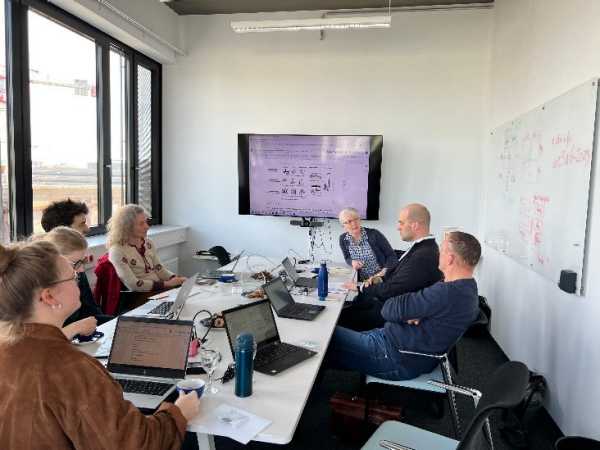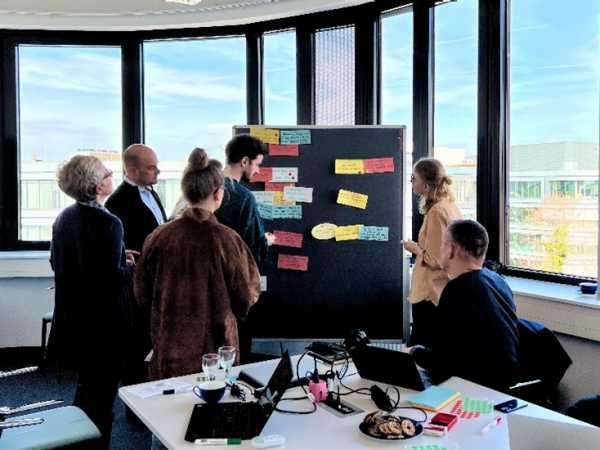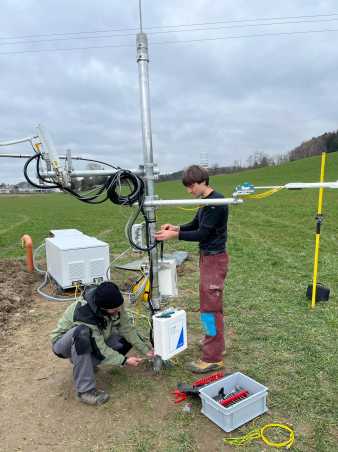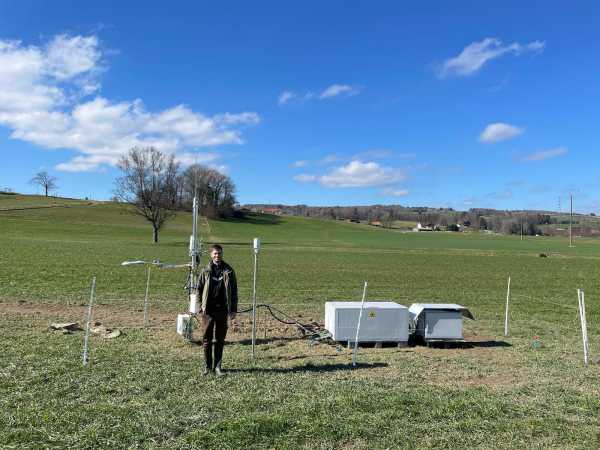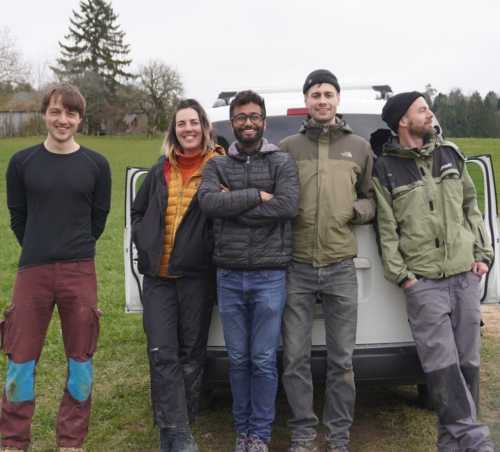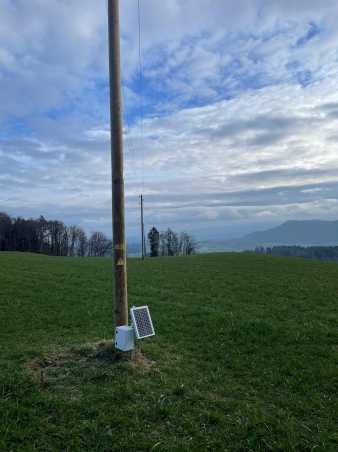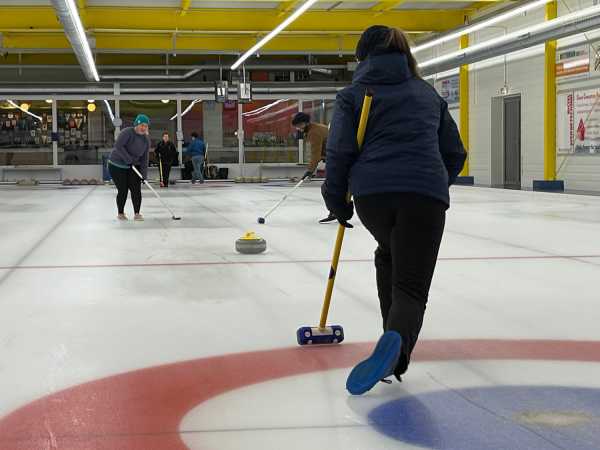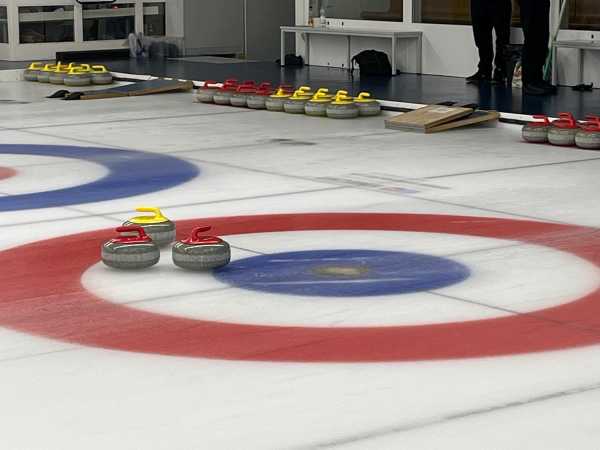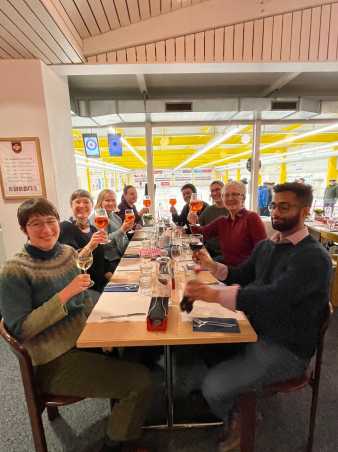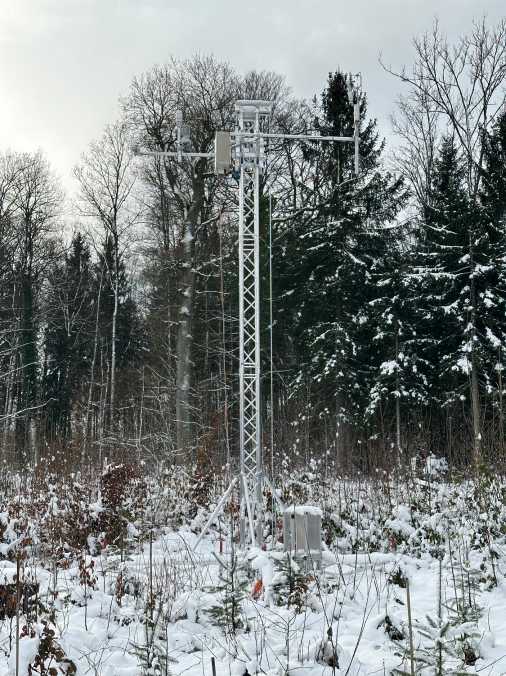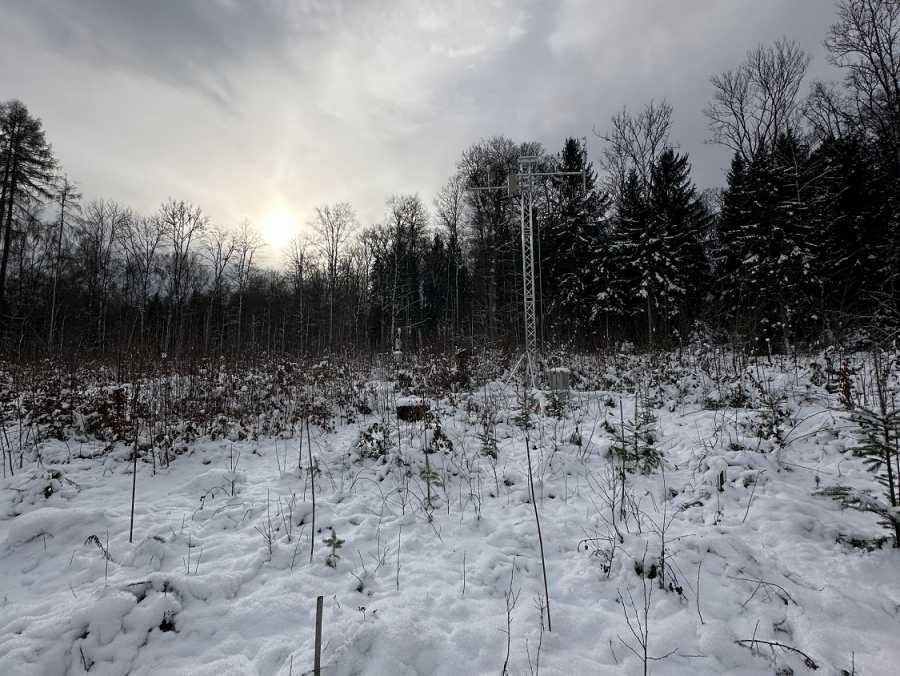News
Find all our news from previous years in our News Archive.
Are you interested to work with us? Check out our open positions.
April
Ever wanted to know what permanent grassland is, where it is located, how it is managed, and what ecosystem services it provides across Europe? The SUPER-G project has now made available an Atlas which aims at exactly this. It distinguishes 18 different permanent grassland types, and provides a short portrait for each, illustrated with case studies. Maps and fotos complement each portrait. Check it out on the external pageproject pagecall_made. (13 April 2024)
The first quarter of the year is over, time for some statistics (no, this is no April Fools' Day joke): between the release of the FLUXNET2015 data set in November 2016 and end of 2023, our Swiss FluxNet data have been downloaded 26 805 times. Imagine - that's about 280 times per month. Open Science, we call this. Thanks to Lukas Hörtnagl, putting this together! (1 April 2024)
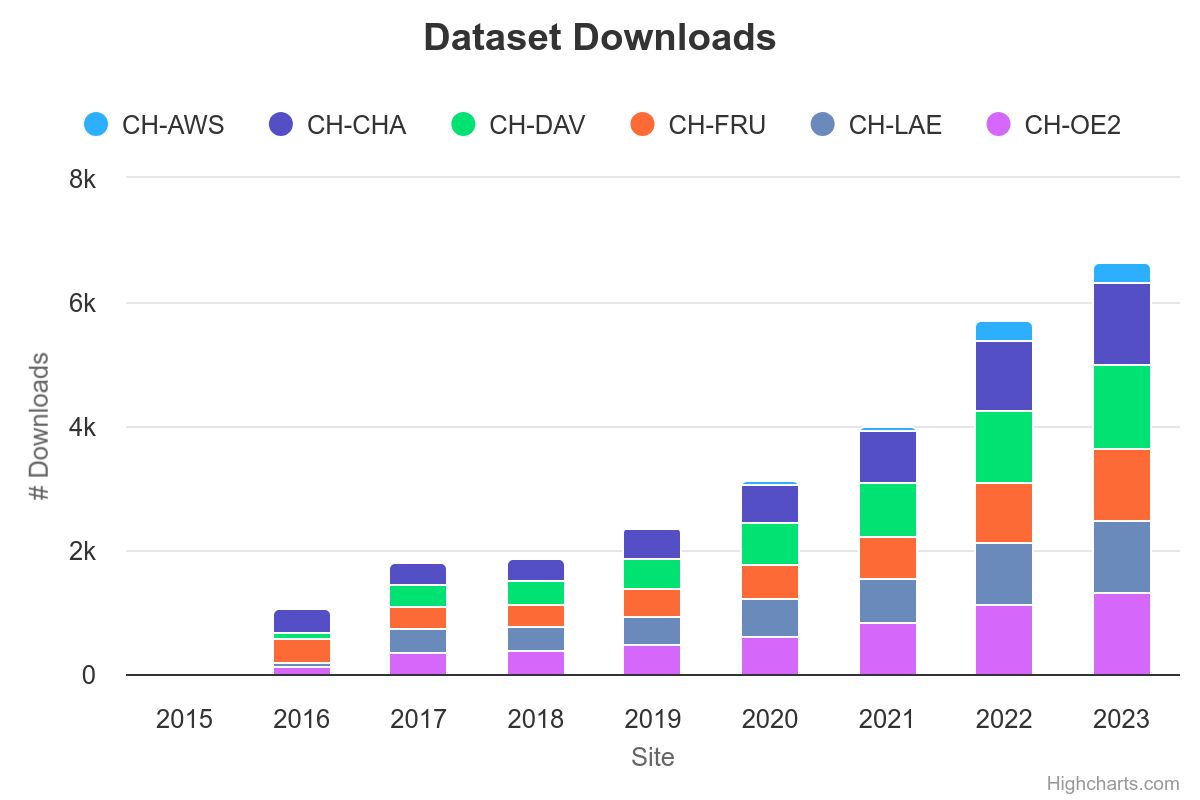
March
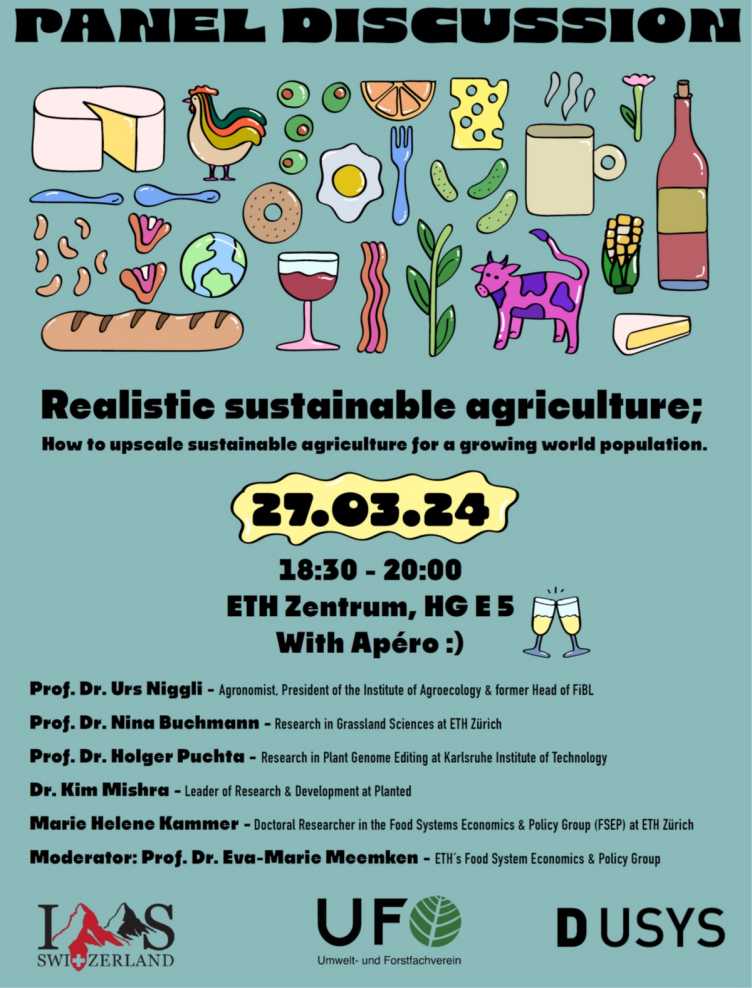
Realistic sustainable agriculture? Possible, how, who? These were questions addressed during a panel discussion organized by the International Association of students in Agricultural and related Sciences Switzerland (IAAS Switzerland). Together with other panelists, Nina Buchmann tried to provide answers. (27 March 2024)
The Grassland Sciences group has been committed to open science for a very long time. We upload postprints of all our non open access publications since 2017 and we are sharing our data openly. This sounds easier than it is. It's a long way from data collection to FAIR data sharing. Read Nina Buchmann's thoughts about it in the newest Plant Science Center Downloadnewsletter (PDF, 2.3 MB)vertical_align_bottom. (20 March 2024)
Project members in the InsuranceGrass project (from ETH Zurich, Helmholtz Centre for Environmental Research, and German Centre for Integrative Biodiversity Research (iDiv)) met for a two-day project meeting in Leipzig. They updated each other on the progress of their work packages and discussed their findings and challenges. Ideas and plans for joint papers, webinars, and further collaborations were exchanged. Looking forward to the next meeting! (14/15 March 2024)
After the German and Romansh speaking parts of Switzerland, the Grassland Sciences group now also has a station in the French speaking part. Salut les romand∙es! A fully equipped eddy station was installed in the village of Forel near Lausanne. As part of Lorenz Allemann's DONA project, we will measure CO2, N2O and CH4 fluxes over a whole crop rotation, starting with temporary grassland, followed by maize and winter wheat. And as if the new station wasn't enough, we've also installed a small soil station on an additional field with the aim of scaling up the N2O emissions to multiple fields. A big thank you to Martin Rüegg who planned and built the station himself, and the team members Sophie Emberger, Philip Meier and Sambit Shome who helped with the installation! (7 March 2024)
February
Research equipment in urban areas is more obvious to the general public than at more remote sites. And so it happened that journalist Martin Huber from Tagesanzeiger wanted to explain the function of the white boxes that are fastened to some trees in Zurich. The white boxes are actually the setup for sapflow measurments within external pageICOS Citiescall_made. In the article published in Tagesanzeiger today, UrbaNature doctoral student Sophie Emberger explains why studying the response of urban trees to the warming climate is important, and how sapflow measurements contribute to the understanding of the ecophysiology of urban trees. Find out more in the external pagearticlecall_made or download the Downloadpdf (PDF, 1003 KB)vertical_align_bottom (both in German). (23 February 2024)
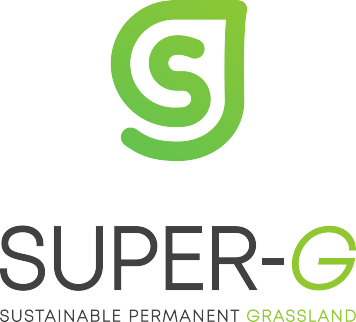
external pageFinal stakeholder conferencecall_made in Brussels for SUPER-G: all working groups reported on their latest findings. A successful project came to an end. (7 February)
The traditional winter group event, organized by Sabina Keller, took us to a curling hall. Two teams first got an introduction and then we were on our own, trying to get the stones into the house, elegantly, sweeping the way ... harder done than said ... During the apero, we could celebrate and watch the others, experts and newcomers. To be repeated! (2 February 2024)
The external pageGAW/GCOS Switzerlandcall_made National Coordination Meeting took place in Bern this year. We presented our first project results from „Feedbacks between vegetation, carbon, energy, and water cycles in the urban environment (UrbaNature)”. (1 February 2024)
January is also the month of reporting, including the "AAA", ETH's Annual Academic Achievement report. And here are the achievements of our group in the past year 2023:
- 333 students taught in 590 semester hours during 2023,
- 302 grades given in 2023,
- 3 Bachelor and Master theses finished in 2023,
- 11 active doctoral students (by the end of the year),
- 3 doctoral students finished in 2023,
- a large number of publications ... 44. Out of the 39 journal articles, many have been written with very large consortia.
- 68% of these papers have been published in open access journals (Gold OA) or are open access (Hybird OA). To increase the open access, we also uploaded postprints to the ETH Research Collection (Green OA). The result: 86% of our publications from 2023 are openly available to everybody!
Thanks to a great team!!
This week, we welcomed two classes from the Technische Berufsmaturitätsschule Zug for our workshop On the traces of stable isotopes from grass to milk. In addition to insight into our research area, the students visited the stable isotope mass spectrometer lab and produced milk powder in the laboratory for analysis. Thanks to our group members Anna, Annika, Martin, Sophie, and Lorenz for their contributions, and to Sabina Keller for organizing and leading the workshop! (31 January 2024)
-
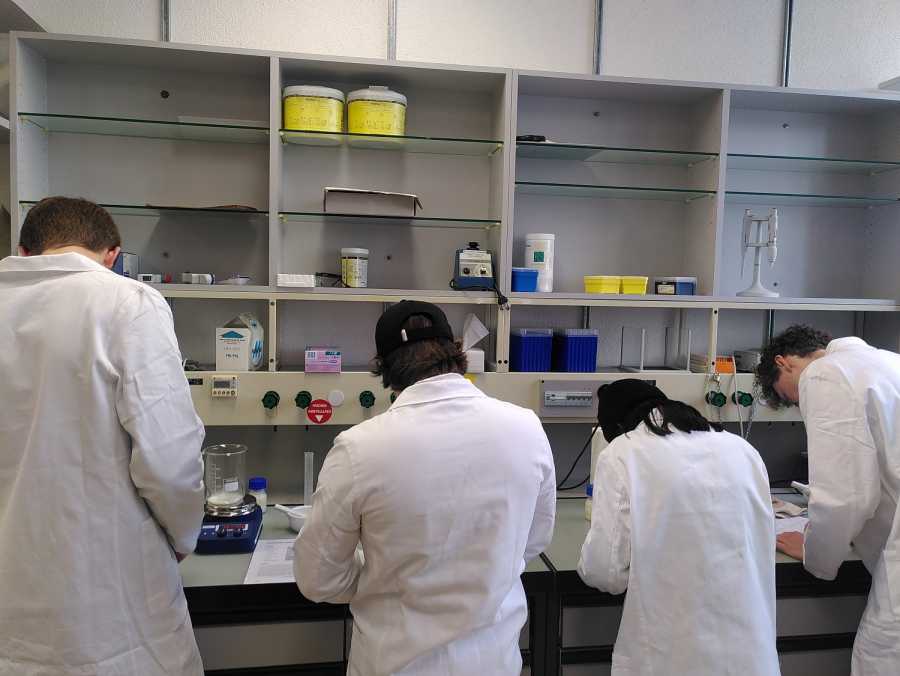
Students busy doing lab work -
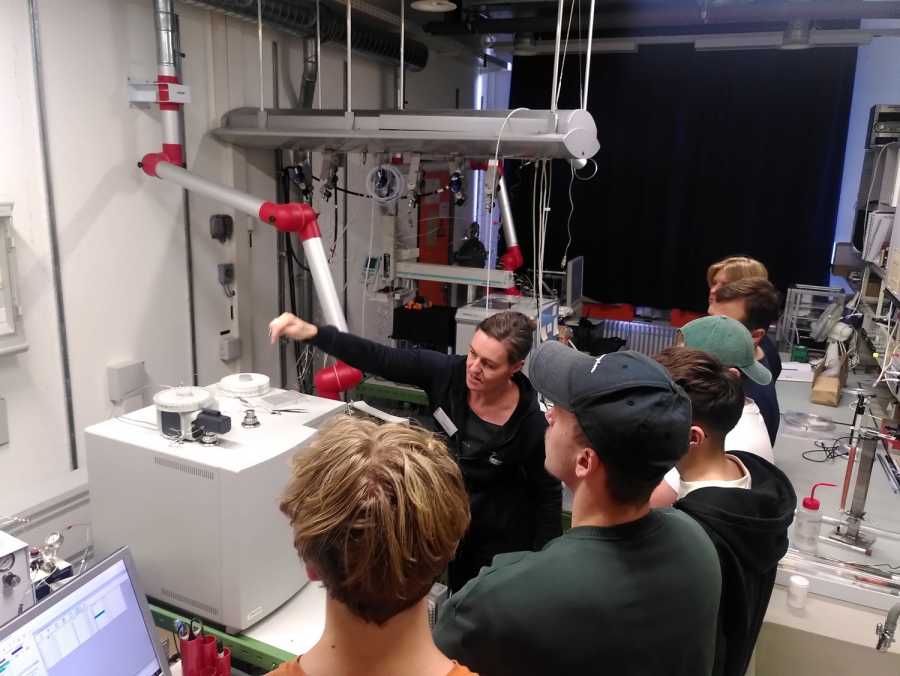
Annika explaining the mass spectrometer
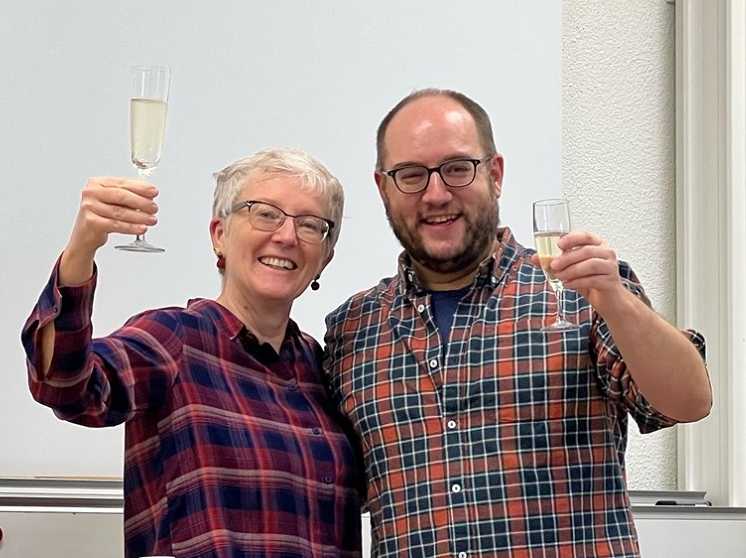
It seems to become a habit: We just had another lab meeting with prosecco. This time, we celebrated the 10-year anniversary of Lukas Hörtnagl. Lukas joined the group back in 2014 to do eddy covariance measurements at Davos. He got quickly involved in variable naming, getting Davos ready for external pageICOScall_made, and over time morphed from a field scientist into our data scientist. Over the past years, Lukas has worked very hard on streamlining our eddy covariance data processing (see DIIVE) including quality assurance and control, setting up a database for our Swiss FluxNet data, and many other tasks like the regular flux coffees or handling requests for flux data. Thank you for your dedication to high quality eddy covariance data from our stations, Lukas! (25 January 2024)
A new eddy site! Our technicians built up a new tower at external pageWaldlaborcall_made on Hönggerberg. The tower setup differs from the installations we use at our other sites. As the forest at Waldlabor is still young, the tower is designed to grow with the forest. The beam can be lowered and raised with a cable pull, and additional tower elements allow easy adjustements of the tower height. Additionally, this tower does not have mains power and is run with a fuel cell and solar panels. We are excited to see the first results come in. (22 January 2024)
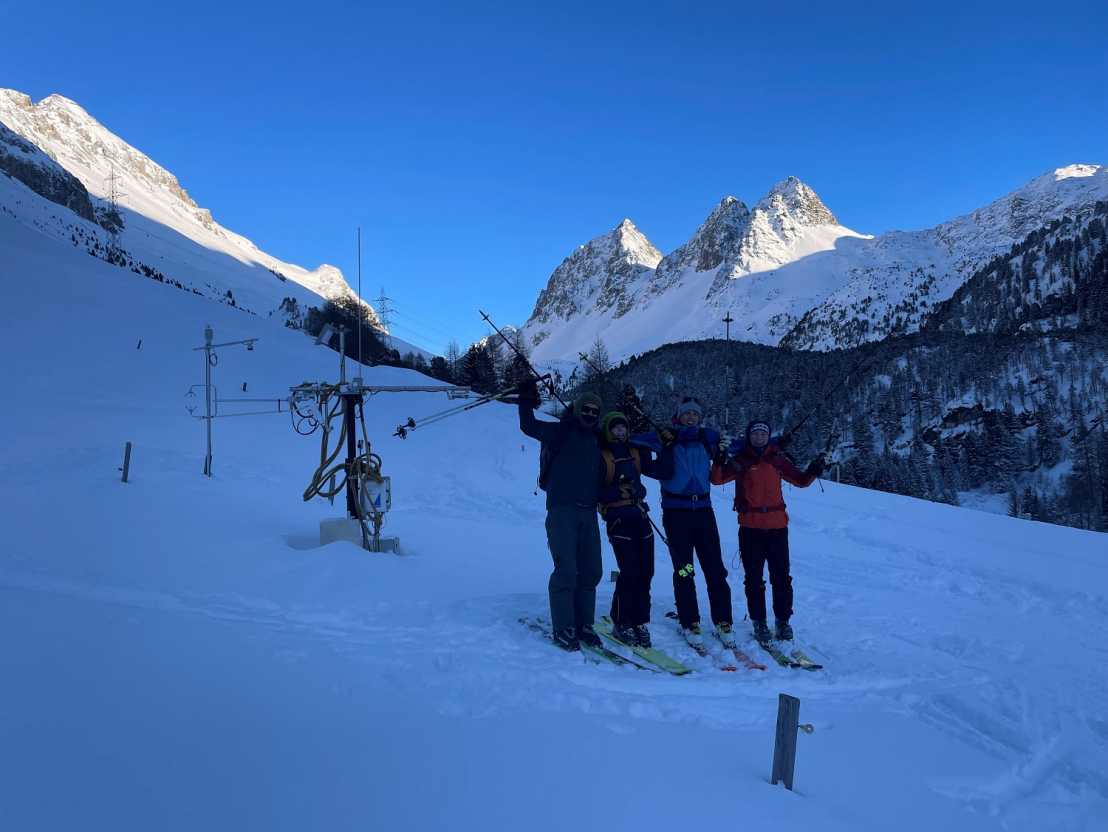
Rare winter visit at Alp Weissenstein. Our technician Martin Rüegg led an avalanche training course of the JO SAC Uto in the Albula region. He used the opportunity and guided the group of ten past the research station. He also took the time to explain about the measurements we take at our station - he kept it short, though, as it was ice-cold. Hands-on outreach – well done, Martin. (20/21 January 2024)
In the course of his sabbatical in Hawaiʻi in 2022, Philip Meier got permission to place two weather stations in the Puʻuwaʻawaʻa Forest Reserve, a site of the Hawai‘i Experimental Tropical Forest (external pageHETFcall_made) to conduct an experiment in a lava tube opening. Lava tube openings are topographical features and unique ecosystems. They can provide shelter to plant species that are otherwise not found in the surrounding environments. In his project, Philip investigated a selected lava tube opening in the Puʻuwaʻawaʻa Forest Reserve by micrometeorological means. One entrance to that tube was covered by verdant ferns which did not occur elsewhere in the area. Philip placed two small weather stations, measuring air temperature, relative humidity, precipitation, solar radiation, soil moisture, wind speed, and direction in the lava tube opening and in the surrounding area, respectively, in May and June 2022. With the acquired meteorological data, Philip gained insight into the conditions which may help explain the observed differences in the vegetation. Now, Philip got invited to present the collected data and preliminary results of his small field study in the HETF January Webinar. Check out Philip’s contribution to the HETF webinar series on external pageYouTubecall_made. (17 January 2024)
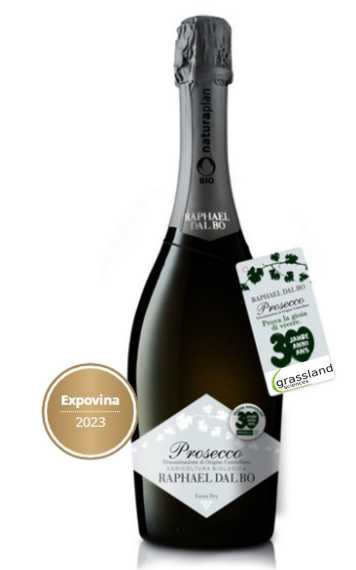
The first lab meeting of the year - with Prosecco and snacks... A new tradition? "Jein". No tradition for lab meetings, but a clear "yes" for celebration of long-term employments at ETH and in the Grassland group: Anna K. Gilgen and Thomas Baur celebrate their 15-year anniversaries this January. Clearly a (actually 30) very good reason(s) to say "Cheers" and "Thank you" to both of them!! We are looking forward to many more years together. (11 January 2024)
Almost one year into our project UrbaNature, we organied a workshop on “Urban biosphere-atmosphere interactions in a changing climate”, bringing together about 40 scientists, urban planners and city practitioners. The aim of the workshop was to strengthen the collaboration between the groups working at similar fields. Outcomes of the workshop were bilateral meetings on data and methods as well as on further collaborations, the conclusion that such a highly interactive workshop were to be repeated annually, with changing topics. More to come, stay tuned! (10 January 2024)

We're starting the year with some very good news from external pageICOS Switzerlandcall_made: The network of stations within ICOS-CH is growing. The ecosystem station Basel Klingelbergstrasse (CH-BaK) has been added to the external pageICOS station databasecall_made. This means, that the station can now start the labelling process. Congratulations and good luck to our colleagues in Basel and looking forward to having a third labelled station in ICOS-CH. (2 January 2024)
Happy New Year! The Grassland Sciences group wishes you the very best for 2024! We are looking forward to another year full of exciting research, interesting encouters with students, colleagues, and the public. Find out what we did last year in our News Archive. (1 January 2024)

